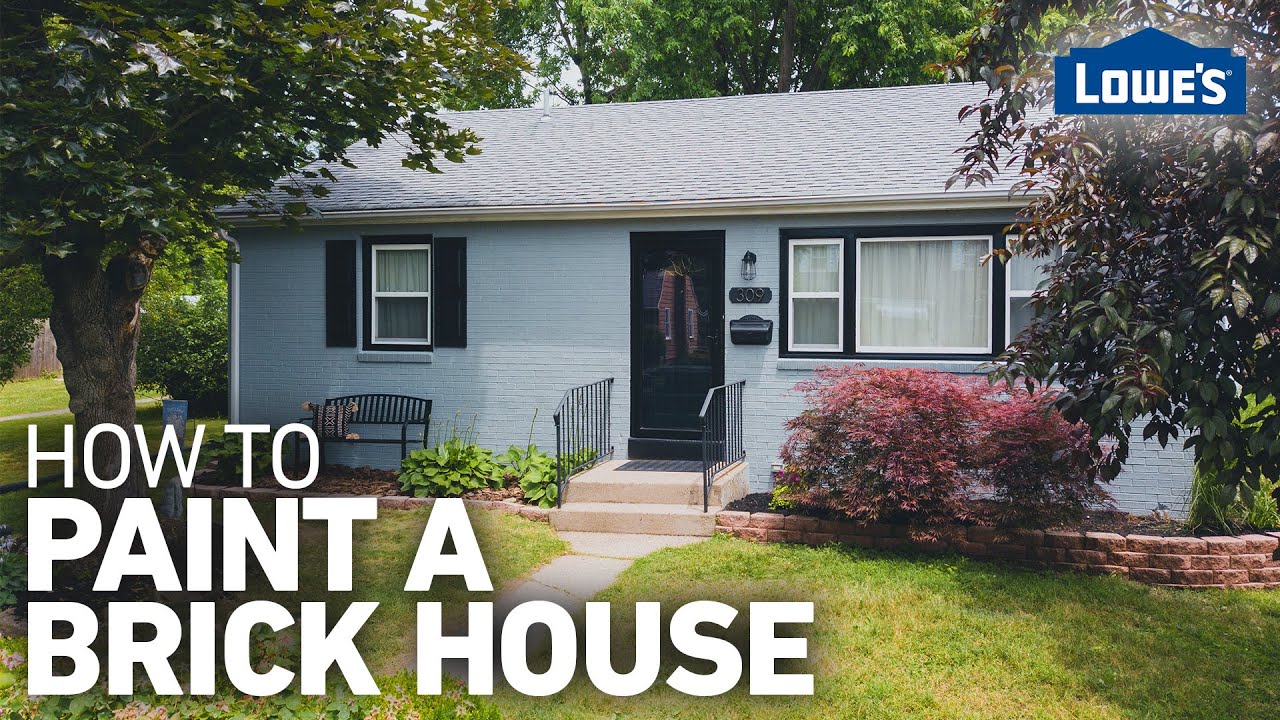Many people equate the functions of interior paint and useful reference, on the pretext that it is more efficient and practical. Some even equate exterior paint with waterproofing. Replacing the function of exterior paint with other products, such as interior paint or waterproofing, will shorten the life of the paint layer on the outer wall area of ??the house. Unlike interior walls which are almost 100% never exposed to the sun and weather — except for walls near windows or doors — exterior walls are just the opposite. Morning, afternoon, evening, and night, the exterior walls are exposed to various factors such as sun, rain, wind, dust, and others. This is where the exterior paint plays a very important role in maintaining the appearance of the exterior walls of the house. Interior paints do not provide the same levels as exterior paints in protecting alkalis, water, and dirt. Exterior paints are made with various features that of course support natural factors and outdoor activities, for example, they are easy to clean, can reflect heat, are weather-resistant, and others.
To solve the problem of high rainfall, exterior paint contains acrylic latex which makes the paint pore density higher than interior paint. Generally, the percentage of acrylic latex in exterior paints will determine the difference in quality between cheaper and more expensive paints. The higher the acrylic latex content, the better the quality of the paint, as it ensures that water does not seep from inside the walls and warp the paint. A good exterior paint must have content that can counteract the effects of UV rays on the walls. Also, the quality content of the binder resin in the paint will determine the level of colorfastness (color resistance) of the pigment. The low quality of this resin can be seen from the calcification of the pigments that arise on the walls after the paint dries. If the walls are whitewashed, the paint’s holding power and pigment resistance is fairly low, so it peels off faster and the color is more prone to fading.
Moist walls due to leaks or a process that hasn’t dried can cause mold and mossy exterior walls. To overcome the problem of mold that is caused from the inside, the walls must be scraped and coated with an antifungal liquid. However, to solve the problem of mold and mildew from the outside, choosing paint with anti-fungal features can be a solution.

